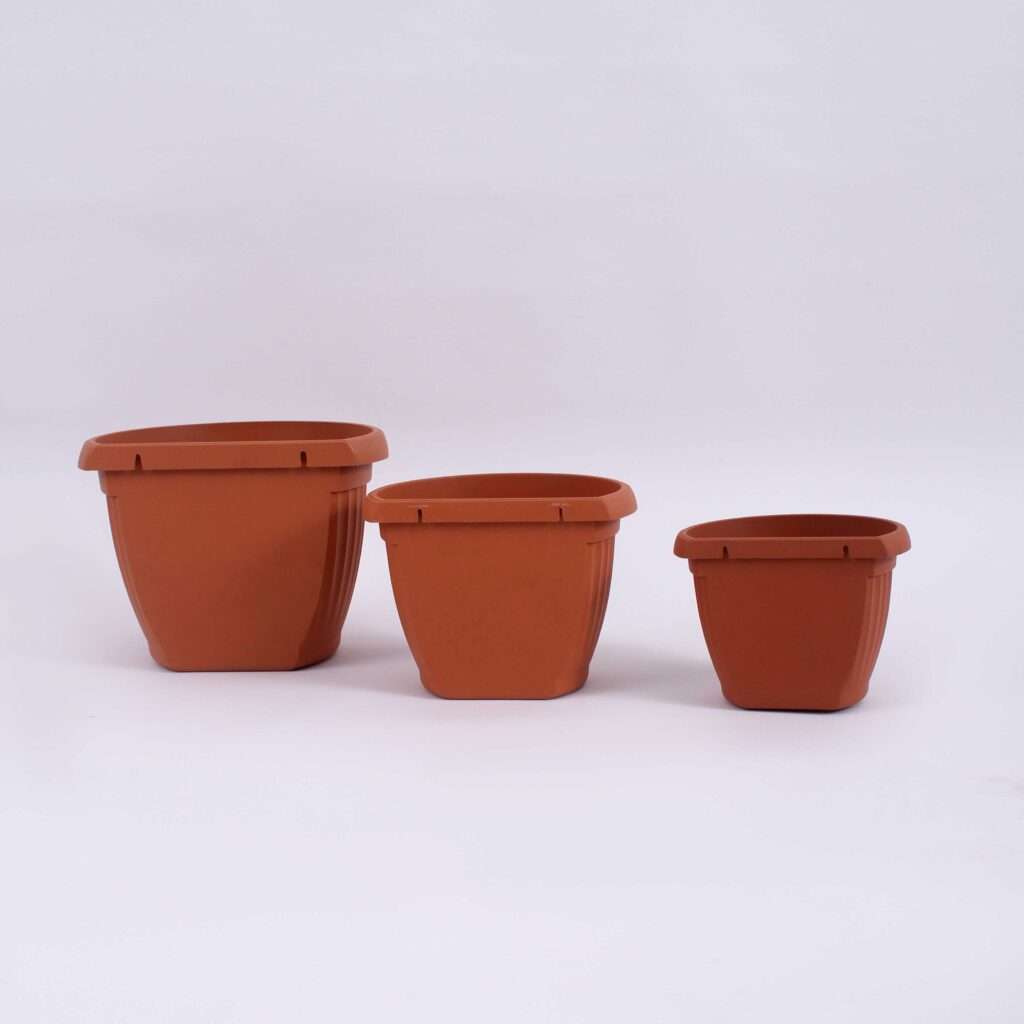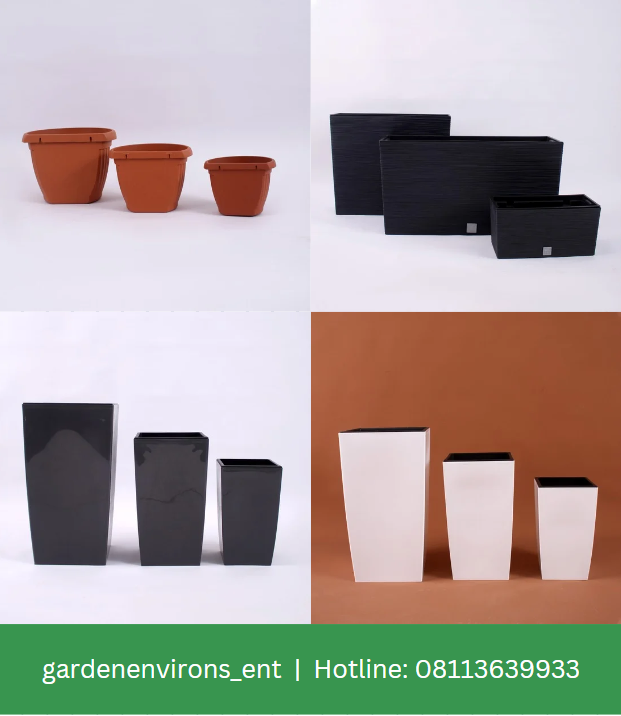Plastic planters are an excellent choice for growing in tiny places, especially for urban people and those with limited outside space. Plastic planters are lightweight, sturdy, and come in a variety of forms and sizes, allowing you to transform even the smallest balcony or ledge into a thriving green environment. Whether you’re an experienced gardener or a newbie, here are the Top 5 Tips for Using Plastic Planters in Small Spaces to help you get the most out of your garden.
1. Choose the Right Size Planters
In tight settings, the size of your planter is important. Too big, and it may overpower the space; too little, and your plants may not have enough room to flourish. For small spaces like as patios, balconies, or window ledges, choose medium-sized plastic planters that allow adequate place for roots without taking up too much space.
Tip: To maximize height and make a pleasing visual impression, stack planters vertically on tiered platforms.

2. Ensure Proper Drainage
One of the most common mistakes made when utilizing plastic planters is to disregard drainage. Because plastic does not naturally absorb water, it is critical to ensure that your planter has adequate drainage holes to avoid waterlogging your plants. Stagnant water can cause root rot, which is detrimental to most plants. If your plastic planter does not come with drainage holes, you can drill them yourself.
Tip: Add tiny stones or broken pottery to the bottom of the planter to increase drainage even further.
3. Use Lightweight, Quality Potting Mix
To prevent adding extra weight to your balcony or window ledge, choose lightweight potting mixes suited for container gardening. These mixtures are frequently supplemented with organic matter and perlite, which assist maintain moisture while providing adequate aeration for plant roots. A high-quality potting mix will also provide your plants with the nutrients they require to grow in tight spaces.
4. Position for Sunlight
When gardening in tiny places, it’s important to maximize light exposure. Plastic planters are portable, so take advantage of this by positioning your plants in areas where they will receive the most sunlight throughout the day. South-facing balconies and windowsills often receive the most sunlight, but if your location is shaded, consider rotating your planters on a regular basis to guarantee even light distribution.
Tip: Some plants, including herbs and leafy greens, thrive in partial shadow, making them ideal for areas with indirect sunlight.
5. Get Creative with Vertical Gardening
When horizontal space is limited, consider vertically! Vertical gardening is an excellent method for fitting more plants into a limited space. Maximize vertical space by using stackable plastic planters or wall-mounted planters. You can also suspend lightweight plastic pots from railings or ceilings. Vertical gardens not only save space, but also offer a visually appealing design feature to your home.
Final Thoughts: Plastic planters are a wonderful alternative for anyone who wants to cultivate plants in limited spaces. Even if you only have a small balcony or patio, you can grow a thriving garden with careful planning, the perfect potting mix, and imaginative vertical space usage. Whether you’re planting herbs, flowers, or small vegetables, these Top 5 Tips for Using Plastic Planters in Small Spaces can help you maximize your limited garden space.
So check out our website, get started today and transform your modest space into a lush, green oasis!

